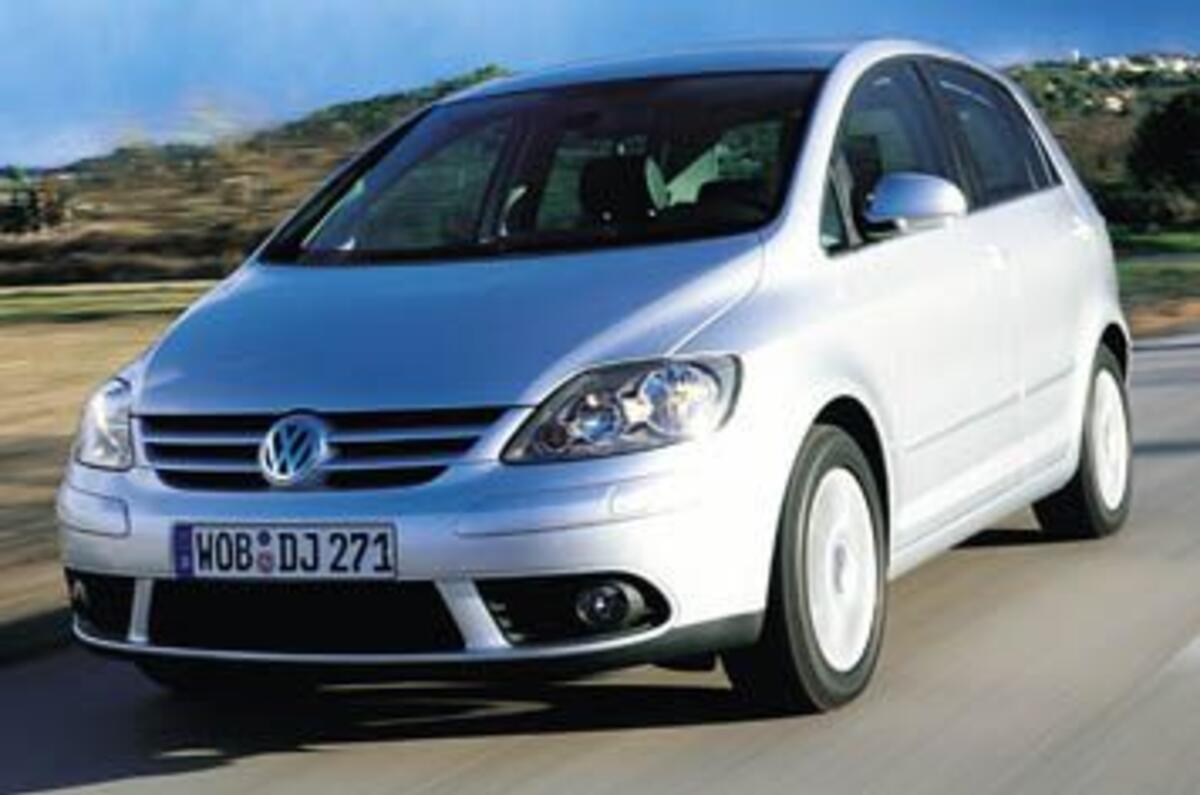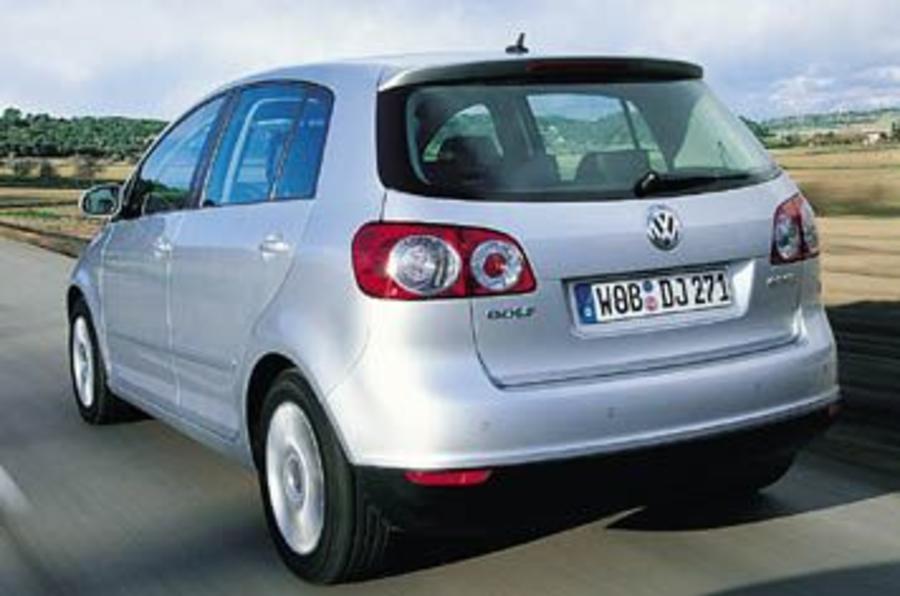Volkswagen was late producing a midi-MPV, and was made to pay dearly as many rivals plundered a market clearly hooked on new found levels of versatility. Now, realising that its traditional models may no longer cut it with many of today’s car buyers, VW has set about fighting back.
Not content with the Golf and Touran, it has just added a further model to its ranks: the Golf Plus, which it boldly describes as a ‘reinvention of the traditional hatchback’.
If this all sounds familiar, it’s because we’ve been here before. Cars like the Peugeot 307 SW, which expands the functionality of the 307 hatchback without growing too much in size or price, have paved the way. VW’s version is a multifaceted five-seater that succeeds in extending traditional hatchback boundaries.
With its one-and-a-half box silhouette, the Golf Plus manages to avoid the boxy look of many midi-MPV rivals. Among the new details are trapezoidal-shaped headlights, a small quarter window ahead of the front doors, a more defined V-form in the lower edge of the rear windscreen and stylish tail lamps using LED technology taken from the upmarket Phaeton saloon. Strangely, however, VW has decided not to endow its latest model with its new corporate grille, as seen on the Golf GTi.
Underneath, the Plus shares its underpinnings with the new Golf. The two are the same width (1759mm), and the Plus is just 2mm longer (4206mm). The big difference is in height, which increases by 95mm to 1580mm.
In the cabin
The increased height has allowed VW’s engineers to incorporate appreciably larger door apertures than on the Golf, easing entry. The doors open wide and you virtually step up into the interior. With the front seats 75mm higher than those in the Golf, there’s no awkward folding of body parts: you simply slide onto the seat and swing your legs into the generously sized footwells. The driver is presented with a commanding view of the road.
The high-mounted dashboard uses the same agreeable (if somewhat dark) soft-touch plastics as the Golf, but has been thoroughly redesigned. The fascia is dominated by a large central pod a hand’s width away from the steering wheel that houses secondary controls.
It’s obvious that VW has worked hard at getting the cabin right. There’s a feeling of spaciousness you just don’t get in the Golf and everywhere you turn there is somewhere to put things. Volkswagen claims 34 cubby holes in all, including a large glovebox, a front centre armrest box, bins on each door, drawers under the front seats, a large area beneath the boot floor and four optional compartments mounted in the roof lining. The problem will be finding what you’ve stashed away.
Like the 307 SW, the Golf Plus makes no concession to seating seven with a cramped third row of seats mounted in the boot (the Touran fulfils that role). Instead, it retains a traditional five-seat layout while providing loads of luggage space.Not so traditional are the sliding 60/40 split/fold rear seats. Like those up front, they’re mounted on runners which give 160mm of adjustment fore and aft, allowing you to maximise either rear seat space or luggage space.
With the seats in their rearmost position, there’s 395 litres of luggage space beneath the parcel shelf. Flick a latch, slide the seats forward, and you get another 155 litres, taking boot space up to 505 litres (155 litres more than in the Golf). A pull mechanism folds the seats away to provide a flat and deep load bay. In this configuration there’s 1450 litres of space (a Ford Focus estate offers just 75 litres more).

















Add your comment